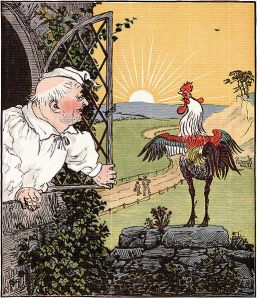I’m often commissioned to write about obscure topics, ones that I would never-ever research on my own.
Since my curiosity is boundless and the Internet is at my fingertips, I’m always entering new worlds.
(This reminds me that until we built, I knew no building terms in Hebrew, for example)
My latest project is antique botanical prints, slated for a well-known online/print collectibles magazine.
And suddenly, I’m exploring

hand-laid paper: featuring ribbed texture imparted by its manufacturing process
Laid paper was hand-made with the size of the sheets limited by the size of the wooden mold. It features patterns impressed into the paper by wire mesh. This pattern of wires, closely spaced lines with a mesh of crossing lines at wider intervals, is called chain lines. Paper makers sometimes attached wire designs, like crests, dates or initials, to the mesh. This creates a matching design in the paper, called a “watermark,” which is often used to help determine the date or manufacturer of the paper in question.
wove-paper is mechanically-made paper, in which the pulp is formed on a woven belt. Wove paper was invented in the eighteenth century.
foxing: age-related spots and browning seen on vintage paper documents

toning: softened or altered coloring
other possibilities: speckling, soiling, bleeding, staining…
–and what is verge: ???
Future areas include Armenians, fine wines, Chinese export silver, and more…..
Stay tuned.
